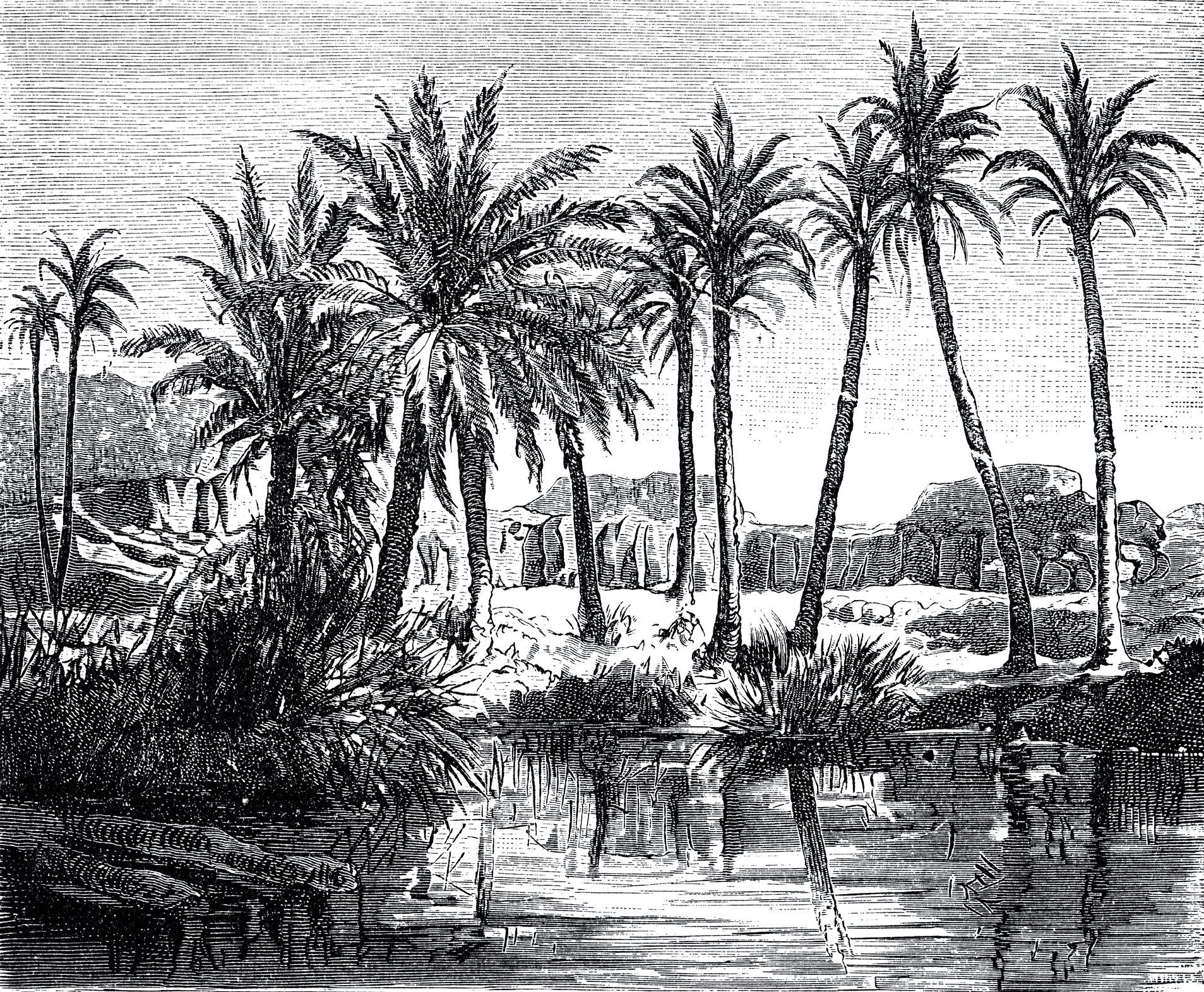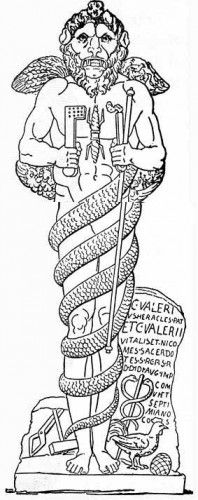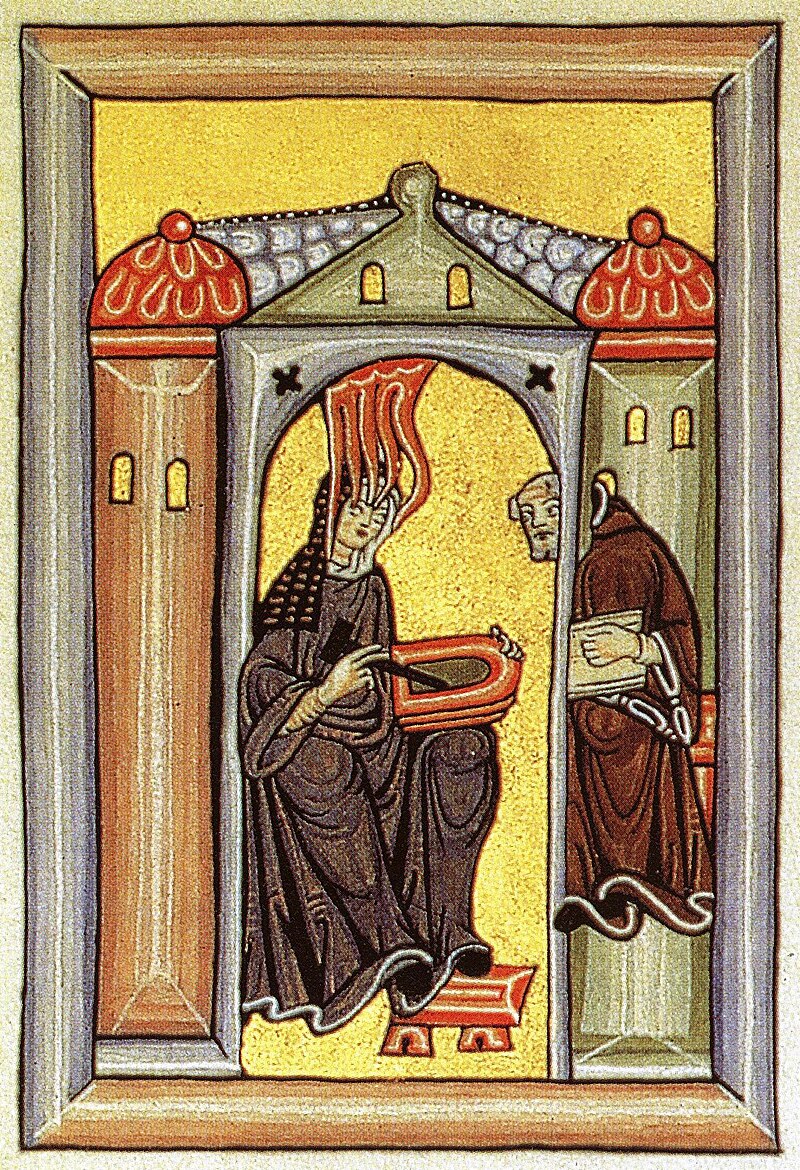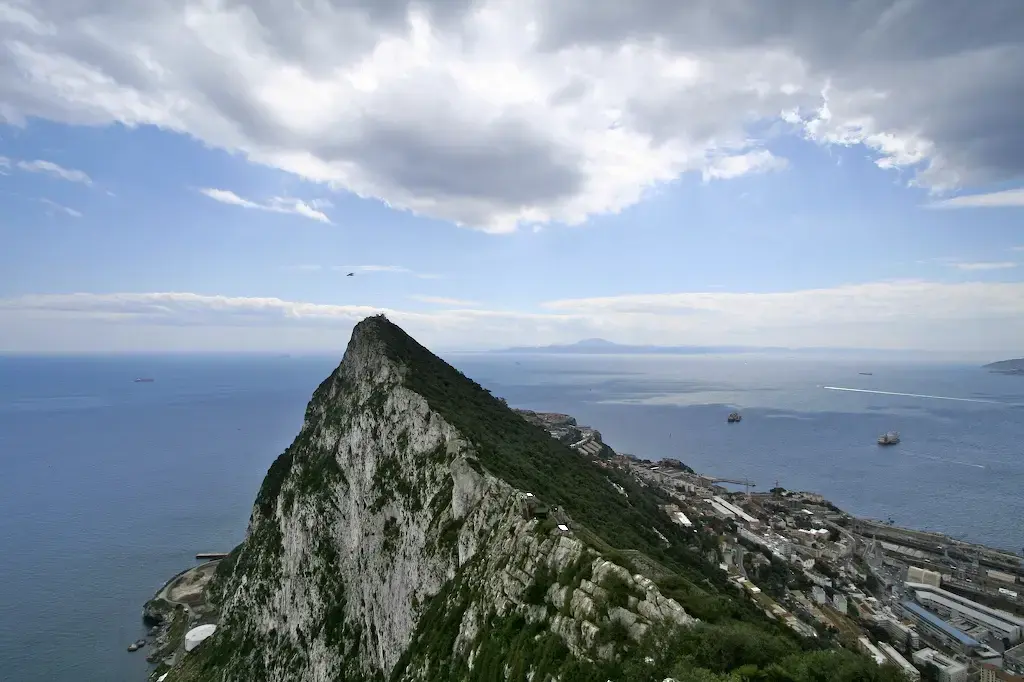Zerzura

Zerzura (Arabic: زرزورة) is a legendary city or oasis said to lie hidden deep within the Sahara Desert, west of the Nile River in Egypt or Libya. Described in 13th-century writings as a city "white as a dove" and known as "The Oasis of Little Birds," Zerzura is steeped in myth. The Kitab al Kanuz portrays it as a treasure-filled city guarded by black giants—possibly a reference to the nomadic Tebu people of Chad and Libya—where a sleeping king and queen reside.
The earliest European mention of Zerzura comes from John Gardner Wilkinson in 1835, who recounted an Arab's tale of discovering an oasis called "Wadee Zerzoora" while searching for a lost camel. Located five days west of the Farafra-Bahariya oasis route, it was said to feature palms, springs, and ruins of unknown origin. Although Wilkinson’s report lent credibility to the legend by identifying other previously unknown oases, Zerzura itself remained elusive.
In the 20th century, explorers like Britain’s Ralph Bagnold and Hungarian László Almásy sought Zerzura. From 1929–1930, they ventured into the desert with Ford Model A trucks. In 1932, Almásy’s expedition, aided by Patrick Clayton, discovered two valleys in the Gilf Kebir, followed by a third "Zerzura" wadi in 1933—rain oases in the remote desert. Bagnold, however, viewed Zerzura as an unsolvable legend.
The explorers formed the Zerzura Club in 1930 at a bar in Wadi Halfa. Many members later served in the British Army’s Long Range Desert Patrol during World War II’s North African Campaign, while Almásy assisted Rommel’s Afrika Korps.
A 1481 account from Benghazi’s emir describes camel driver Hamid Keila, who claimed to have stumbled upon Zerzura after surviving a sandstorm that killed his caravan. Rescued by tall, fair-haired, blue-eyed men wielding straight swords, Keila described a white city accessed via a valley between two mountains, with a road leading to gates marked by a bird carving. The city housed luxurious white homes, palms, springs, and pools used by fair-skinned women and children. The "El Suri" inhabitants spoke a peculiar Arabic dialect, were not Muslim, and lacked mosques or calls to prayer. Keila claimed to have escaped Zerzura, but when pressed by the emir, he grew evasive. Guards found a ruby-encrusted gold ring on him, suspected stolen, leading to his punishment. The emir’s subsequent search for Zerzura was fruitless.
Legend holds that the ring later belonged to Libya’s King Idris, overthrown in 1969, and was deemed a 12th-century European artifact, hinting that Zerzura’s inhabitants might have been lost Crusaders who settled in the Sahara. However, no evidence of the ring exists, and its story remains unverified.
Keila’s tale may connect to the Kitab al Kanuz, a 15th-century text possibly authored or inspired by him, though it likely compiles earlier Islamic Golden Age writings. Scholars like Maria Golia suggest the text blends older manuscripts and oral traditions, with Zerzura’s references potentially drawn from ancient sources. Whether Zerzura is a lost city, a misidentified oasis, or pure myth remains unresolved, its allure enduring in the sands of the Sahara.


